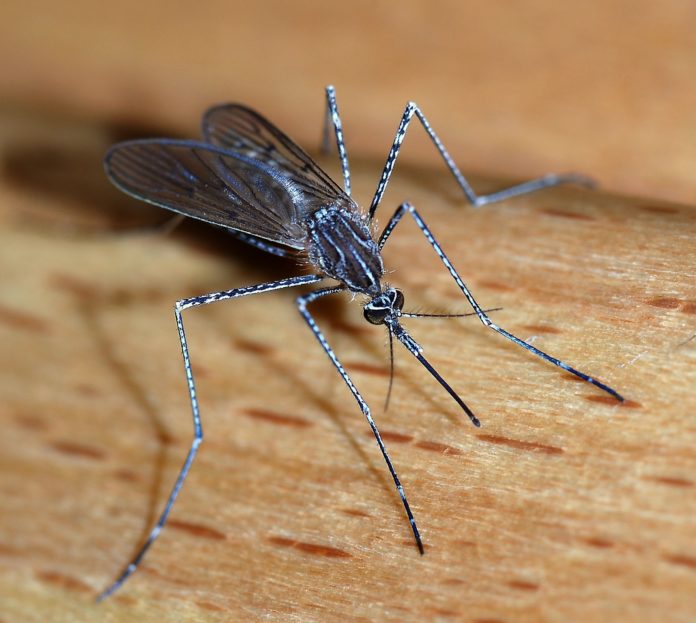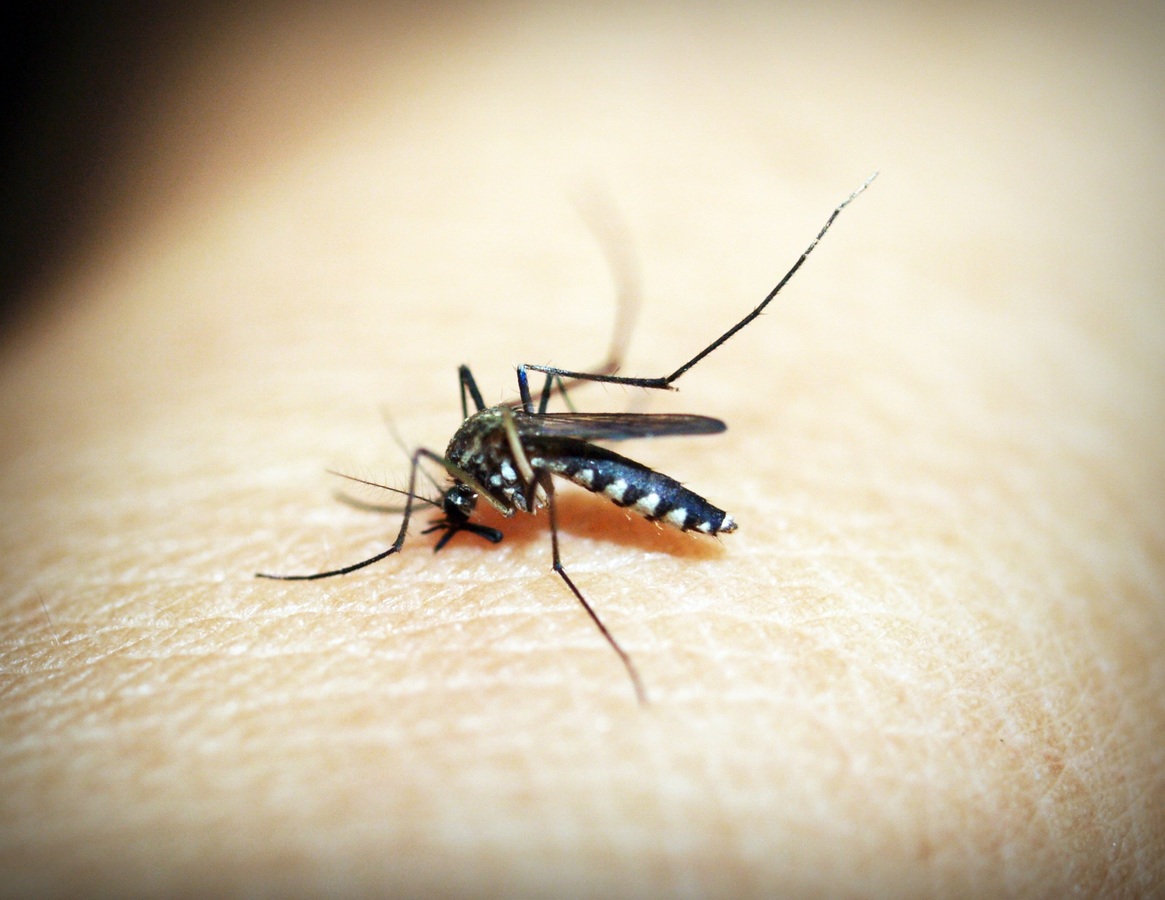
Having missed multiple deadlines for elimination of Lymphatic Filariasis, India could use mosquito screening
If you cannot eliminate the disease, watch out for the vectors. It’s a public health strategy that could work for lymphatic filariasis too, suggests new research.
Seth Irish, of the US Centers for Disease Control and Prevention, and colleagues used mosquito screening effectively for monitoring of re-emergence of Lymphatic Filariasis. The study published in PLOS Neglected Tropical Diseases analyzed the effectiveness of mosquito screening as a tool to gauge parasite presence.
India has set a target to achieve elimination of Lymphatic Filariasis by 2020.
Lymphatic Filariasis is a “Neglected Tropical Disease”, which is prevalent in low-income populations of developing tropical regions of Africa, Asia, and the Americas. Commonly known as elephant’s foot/elephantiasis, LF is caused by parasitic worms Wuchereria bancrofti or Brugia malayi that are endemic in India. Infection can lead to painful and disfiguring side-effects, such as severe swelling of the legs. The parasitic nematode worm W. bancrofti, spread by mosquitoes, is the major cause of lymphatic filariasis (LF).
To ensure elimination of the Wuchereria bancrofti, a parasitic roundworm that causes lymphatic filariasis, public health workers must follow up mass drug administration with careful monitoring for recurrence.
Since 2000, the World Health Organization has undertaken a global program to eliminate LF, which revolves around mass drug administrations to treat entire populations for the parasite. Current monitoring efforts include post-drug administration testing for the presence of antibodies among adult humans.
The researchers collected mosquitoes from 180 traps sites – one which was previously endemic for LF and the other non-endemic in Bangladesh.
A total of 24,436 mosquitos were collected, and 10,344 (41%) were Culex quinquefasciatus, the mosquito which transmits W. bancrofti in Bangladesh. None of the 594 pools of mosquitoes collected during the study period tested positive for W. bancrofti DNA. This result correlated with the results of surveys that were carried out in the human population to track for any reemergence of LF.
31 million people in India are estimated to be infected with the disease and more than 23 million suffer from a disability
According to Indian Council of Medical Research (ICMR), 31 million people in India are estimated to be infected with the disease and more than 23 million suffer from a disability associated with it. India has 39 per cent of the world’s population at risk of Lymphatic Filariasis. LF is estimated to be endemic in over 250 districts in 20 states in India.

India has adopted the triple drug therapeutic approach of population based intervention through its Mass Drug Administration programme. The treatment, known as IDA, involves a combination of ivermectin, diethylcarbamazine citrate and albendazole. It is being recommended annually in settings where its use is expected to have the greatest impact. While there has been progress, more remains to be done to eliminate it.
“The practical application of monitoring activities is worthy of discussion,” the researchers said. “Further operational research and information sharing about how to programmatically simplify and standardize MX evaluations will also make these evaluations more accessible to a larger number of LF endemic countries entering the post-elimination validation period,” they added.










